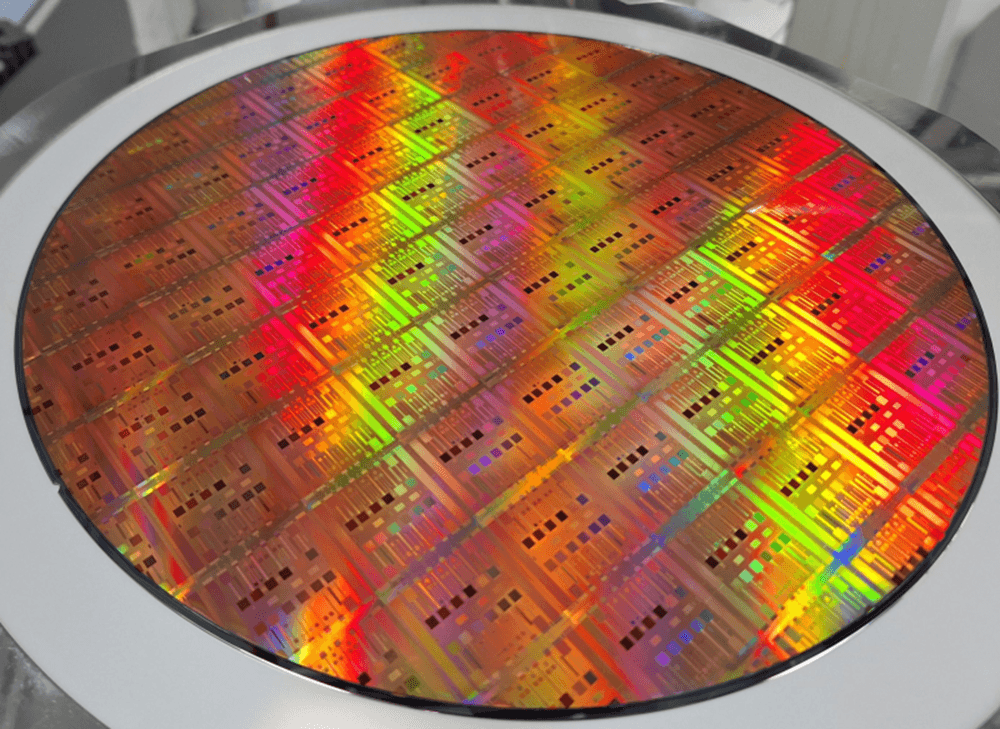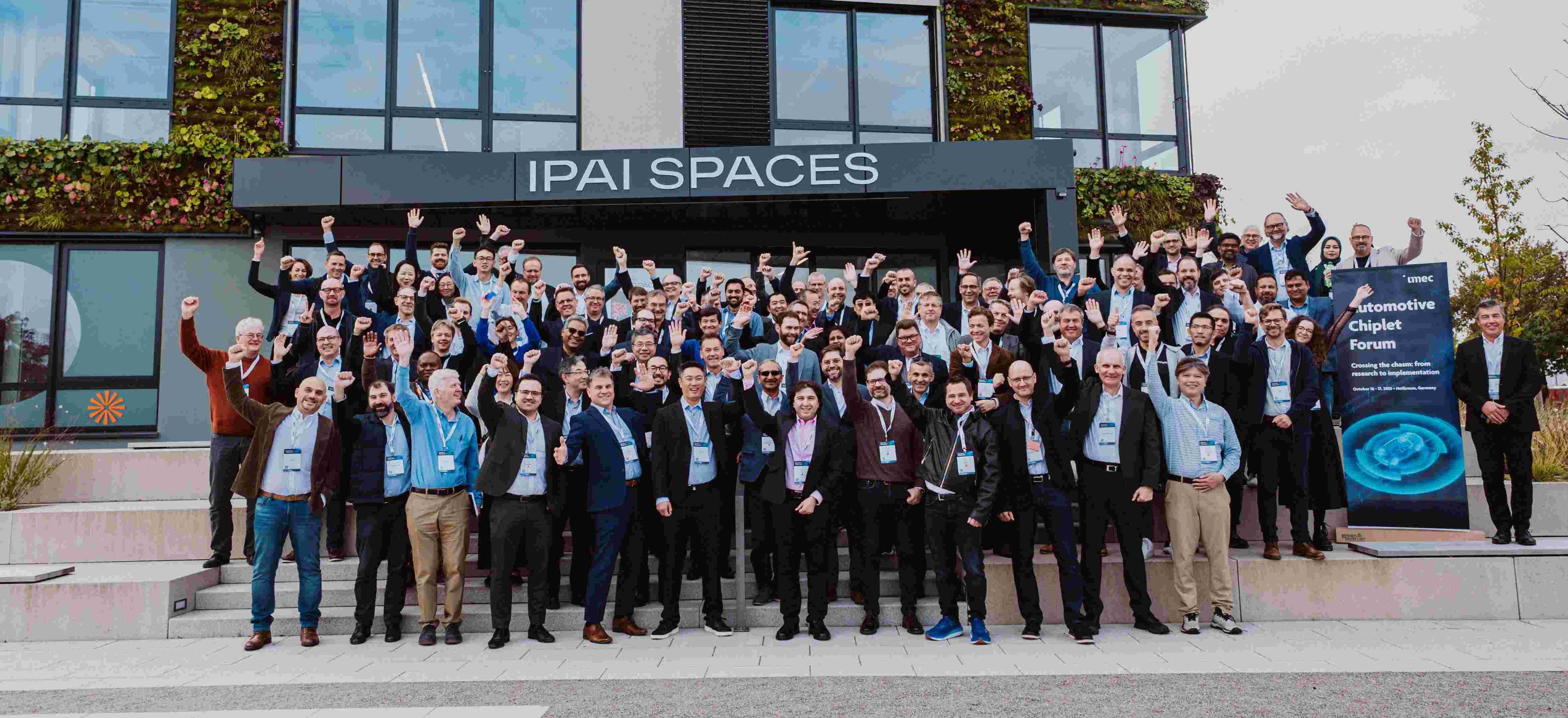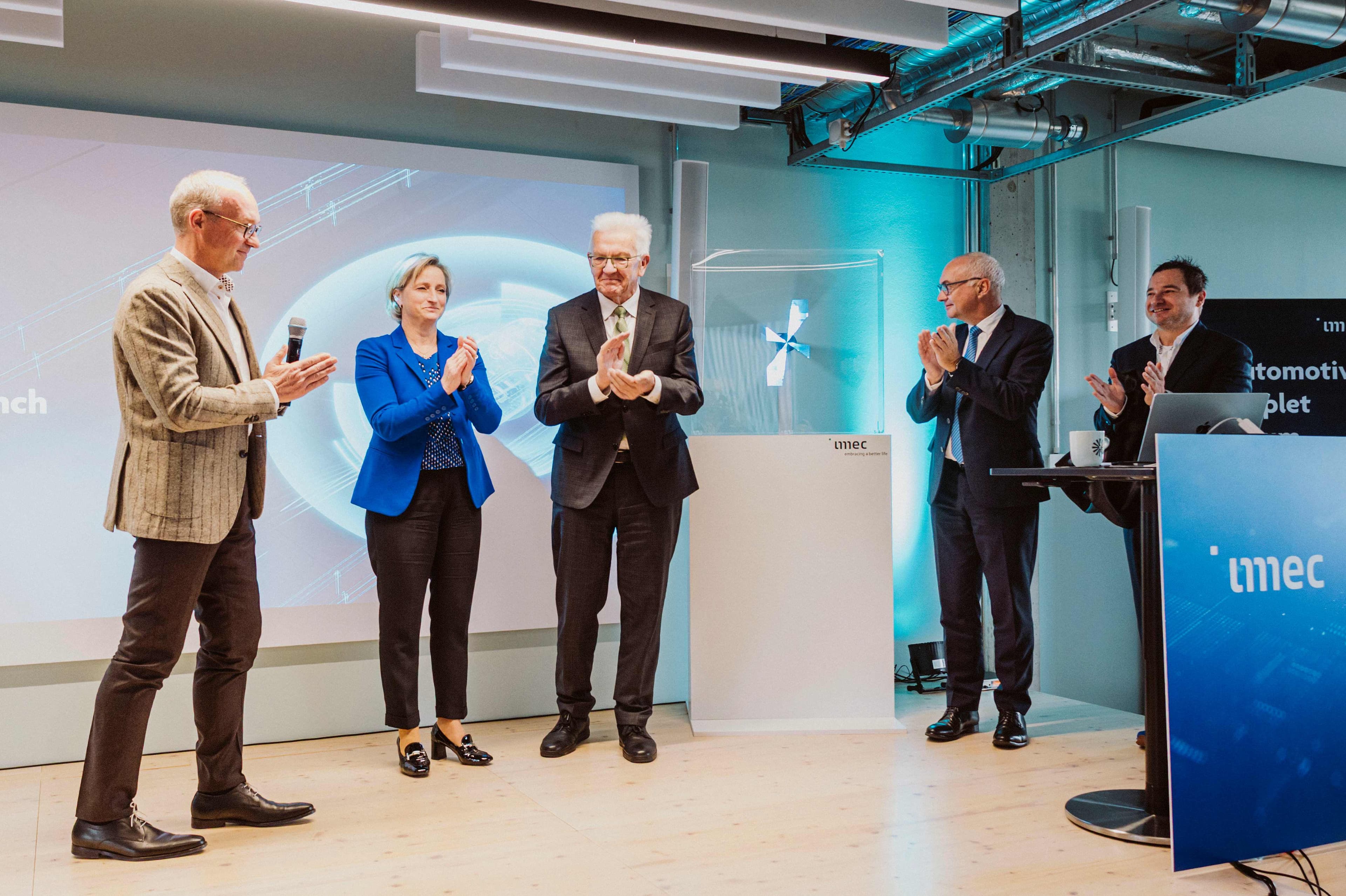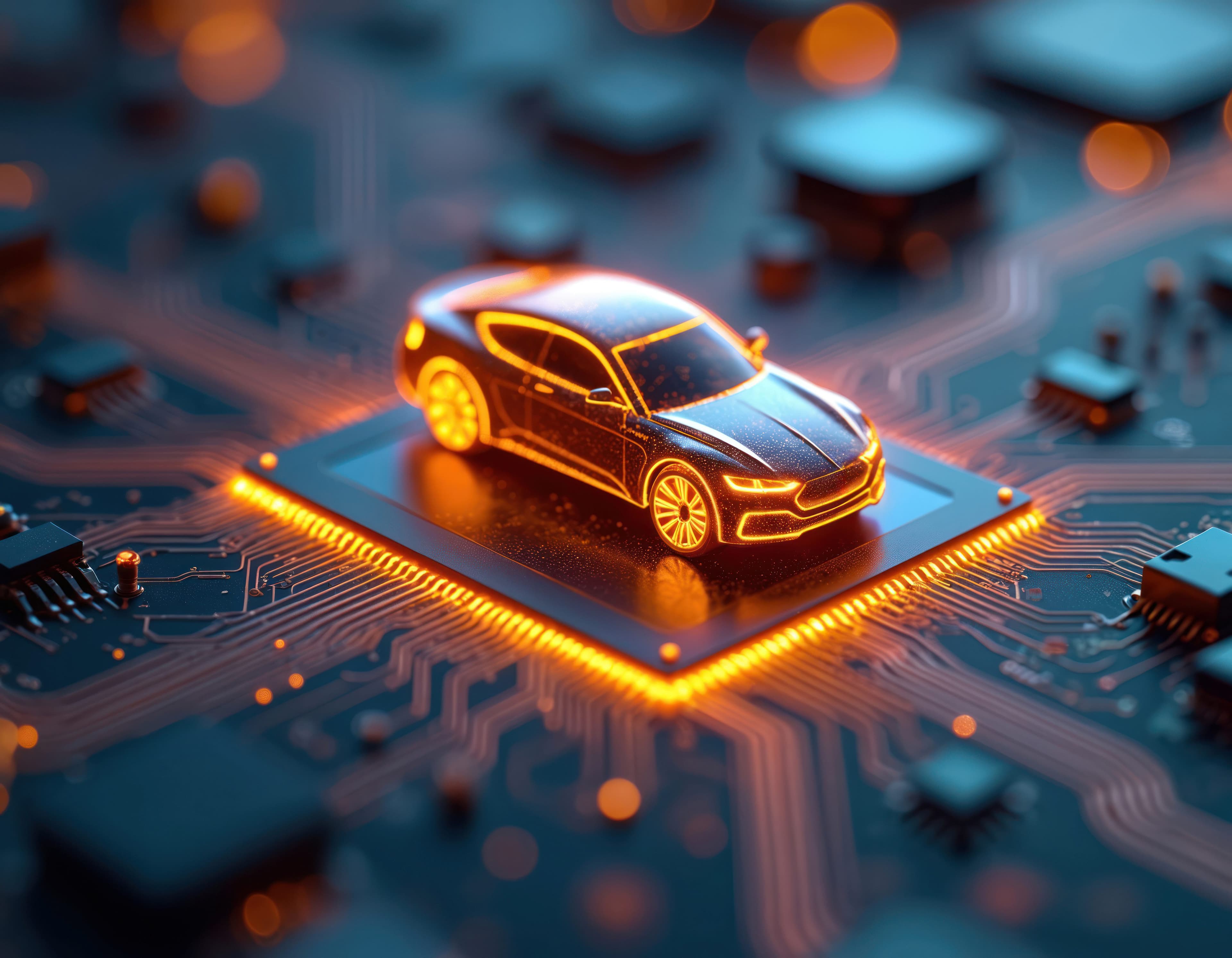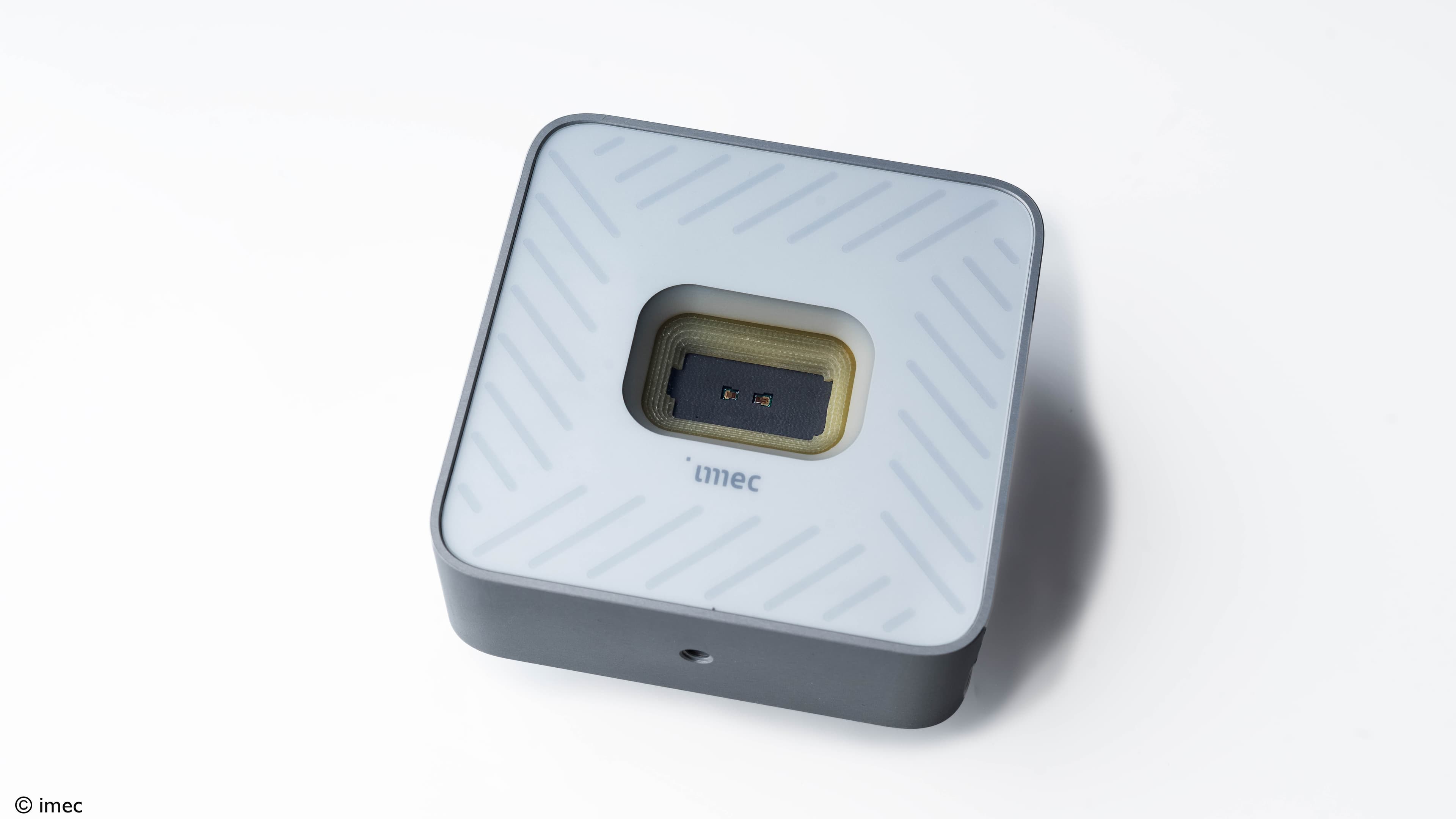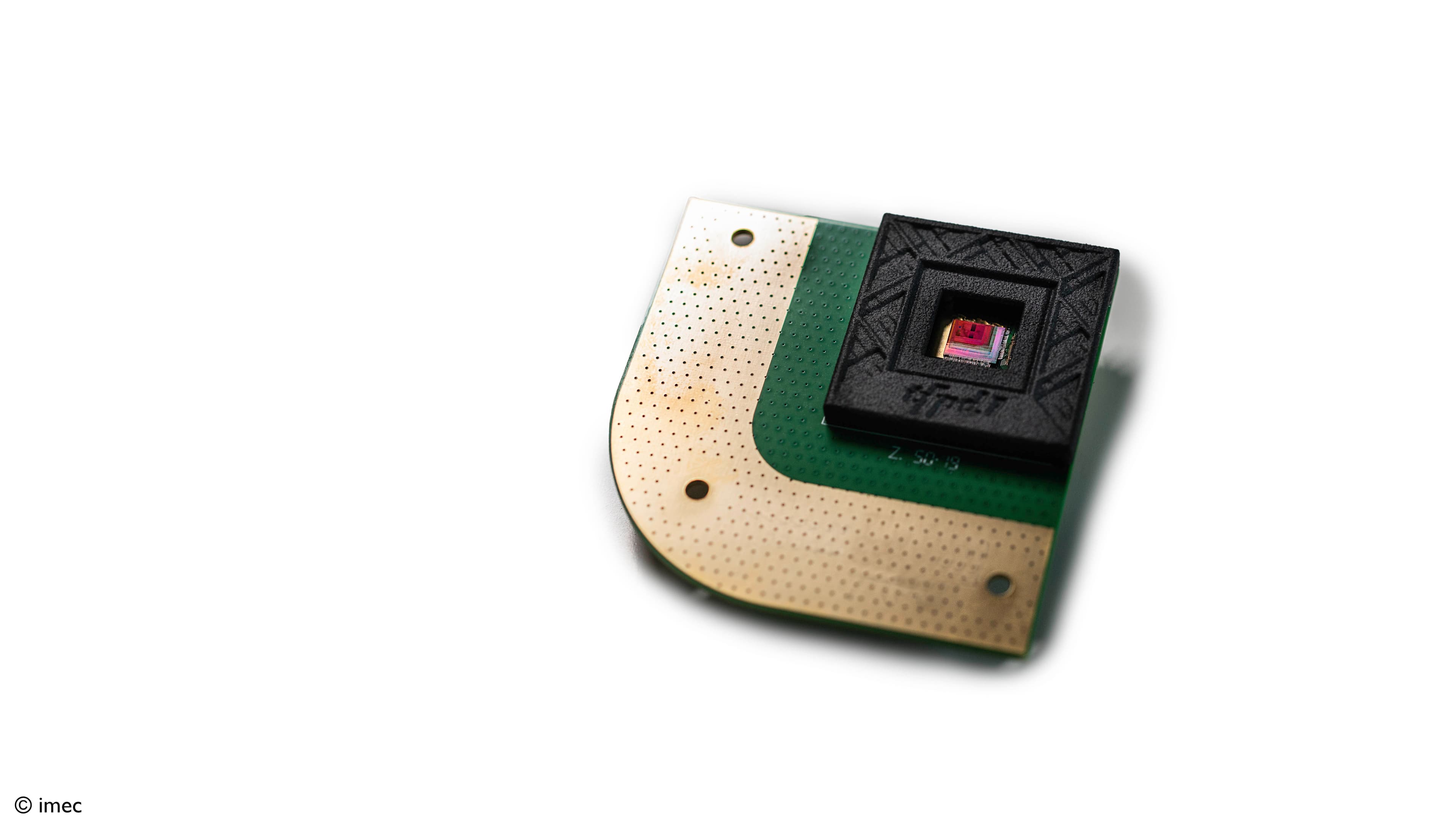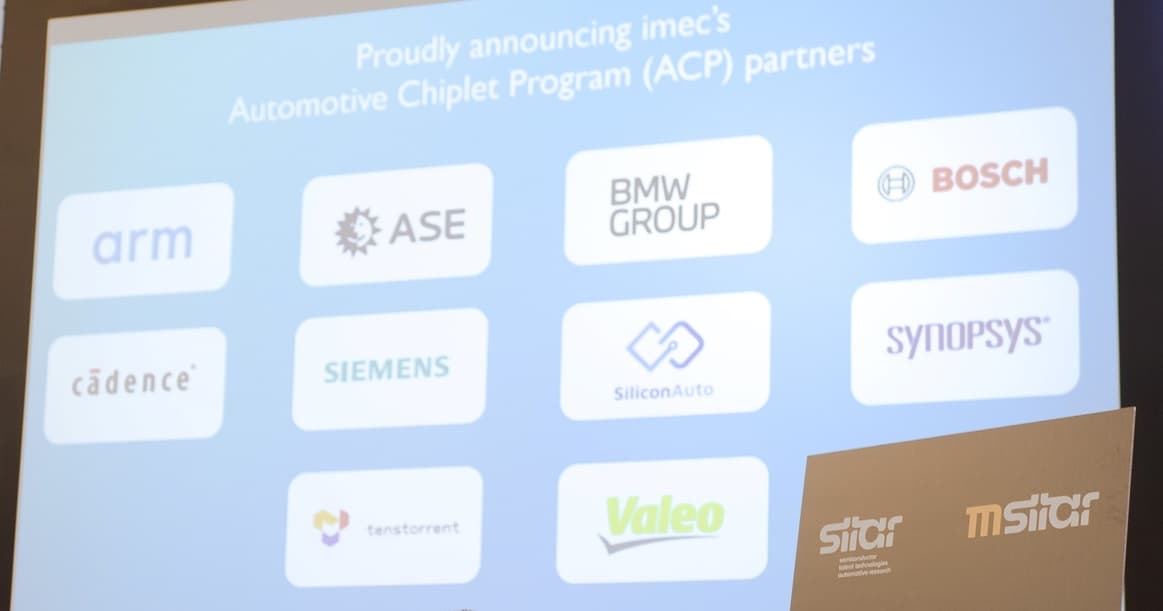Faster, lighter, more durable, and, at the end of the day, even cheaper: the advantages of photonic circuits are considerable, for a wide range of applications. The Netherlands plays an important role in the global development and applications of this key technology. In recent years, under the leadership of PhotonDelta, a solid foundation has been laid under the Dutch photonics ecosystem. In a seven-part series, Innovation Origins shows where we stand, where the ambitions lie, and what is already possible. Today: mobility.
As we enter a world of increasing automation and electrification in cars, robots, and transport infrastructure, concepts such as safety and reliability take on new meaning. Sensors play a decisive role in this, but as we need more and more of them, their impact on weight, energy consumption, and the price is increasing very rapidly. The solution lies in integrated photonics. By integrating multiple optical functionalities into a single chip, integrated photonics engineering can create the solutions needed for monitoring systems and for LiDAR. These photonic chips are accurate, cost-effective and so small that even their weight is no longer a factor.
What is integrated photonics?
Photonics is similar to electronics. However, instead of electrons, it uses photons (light) to transmit information. Photonic technology detects, generates, transports, and processes light. Current applications include solar cells, sensors, and fiber-optic networks.
Photonic chips, officially called Photonic Integrated Circuits (PICs), integrate various photonic and often electronic functions into a microchip to make smaller, faster, and more energy-efficient devices. Because they are manufactured like traditional chips (with wafer-scale technology), mass production is also within reach - with price drop as a result.
In the automotive sector, all applications with integrated photonics revolve around advanced sensors. In this, you have 2 main groups: LiDAR and fiber optic sensors with FBG technology. The latter can measure force, pressure, temperature, and voltage simultaneously. A single fiber can be used to measure many different locations in a vehicle, significantly reducing weight, wiring, and the number of sensors.
Integrated photonics could therefore make cars much safer in the years to come. Systems with cameras, radar, and LiDAR will virtually eliminate the possibility of a collision with an object in the future. The great breakthrough of fully autonomous driving may still seem a long way off, but that does not mean that researchers in this sector are not making progress. Moreover, it's not just about autonomous driving. Sensors supported by PICs are also used, for example, in Advanced Driver Assistance Systems (ADAS) or for monitoring critical components of an electric car (powertrain, chassis, etc.).
PICs are thus essential to the automotive industry. At imec in the Holst Centre - in the middle of the Eindhoven High Tech Campus - Guido Dolmans is investigating the application of integrated photonics in the automotive sector. "We are looking at depth sensors. There are three types: cameras, radar, and LiDAR. A camera has limitations during the night, radar often gives an unclear image because of its lower resolution. LiDAR, on the other hand, because it works with light, is very precise with good depth images. Ultimately, it's about sensor fusion, the combination of information from the different sensors to make the right decisions." LiDAR uses a laser beam to scan the environment; the return signal provides precise information about distance and speed.
The more sensors used, the more accurate vehicles can drive autonomously. But also: the more expensive the system. Dolmans: "At the starting level, there are four sensors, three cameras, and a radar. That system costs $150. At the next level, with six cameras, four radars, and a LiDAR, it's already 2,000 dollars. The highest level is not yet available, also because it is very expensive: $10,000. Then you would use two or more LiDARs. This level only becomes affordable if we can reduce the cost of the chips. Photonics is the key here."
Frequency Modulated Continuous Wave (FMCW), the newest form of LiDAR, has the future, says Dolmans. That's why current research at imec focuses on this. "FMCW can very quickly detect the position of one's own car in relation to another object. If that is a stationary object and you are approaching at high speed, then detection in milliseconds is very nice." To make affordable solutions based on FMCW LiDAR systems, the all-optical functions must be integrated into a single silicon chip. With PICs, that all becomes more accurate, more robust, and cheaper.
Key Enabling Technology
In Germany, Scantinel Photonics is engaged in FMCW. The company originated as a spinoff from Zeiss, a producer of optical technology. Andy Zott is managing director at Scantinel: "FMCW continuously emits laser beams, and coherently combines the reflected light with a local copy of the laser beam. As a result, this system has less interference, can cover longer distances of up to at least 200 meters, and is less sensitive to sunlight than existing LiDAR. We use a wavelength of 1550 nanometers which provides better visibility results in fog, rain, and snow. Older forms of LiDAR, such as Time of Flight, measure the reflex of objects, and so are easily disturbed by raindrops or snowflakes. FMCW makes a recording of the entire distance. As a result, rain is detected, but less predominantly: not as a reflection but as noise. As a result, FMCW provides the motorist with an accurate sight in all weather conditions."
Zeiss began researching LiDAR in 2016. In 2019, this research was transferred to Scantinel, Andy Zott explains. "The automotive sector sees FMCW as a key technology because it is important for autonomous driving. Photonics can reduce costs, so it becomes interesting for the industry. I expect autonomous driving to be possible in Europe sometime between 2026 and 2028, and I'm thinking especially of trucks. Autonomous highway pilots, supported by FMCW LiDAR, will be one of the first commercial use cases for photonic integrated LiDAR."
Huge transition
Cost is the deciding factor in the automotive industry. If anyone knows that, it's Bram Hendrix, manager of smart mobility at RAI Association. "I sometimes get asked about the use of cameras, radar or LiDAR in cars: which of these three will be the winner? But it's not as simple as that: it will be a combination of all three and ultimately it's about the price. Because don't forget: around 80 million passenger cars are built worldwide every year. A mass application of any innovation will only succeed if it is not too expensive. That's why the Netherlands must continue to invest in the application of integrated photonics in the automotive sector."
The holy grail in the automotive sector is autonomous driving. The application of photonics - essential in the use of LiDAR - brings that goal unmistakably closer. The tantalizing question is, therefore: when will we see large numbers of cars on the road without the interference of a driver? Bram Hendrix: "That will take some time. Autonomous driving was the hype in the car industry a few years ago. But the sector is in a huge transition. Big companies are investing billions in the conversion from internal combustion engines to electric engines. If they don't do so and drastically reduce CO2 emissions, politicians will impose sky-high fines. As a result, autonomous driving is not the top priority for the auto industry for a while."
Therefore, fully autonomous driving will certainly not make its appearance on the consumer market for the next ten years, Hendrix expects. He sees more opportunities in trucks within two or three years: "The life cycle for trucks is shorter than that of passenger cars. That is why innovation in trucks goes faster. I also foresee industrial applications, such as autonomous forklift trucks, and applications in agriculture. Wherever there are closed environments, with not too many people, autonomous driving will make its appearance more quickly."
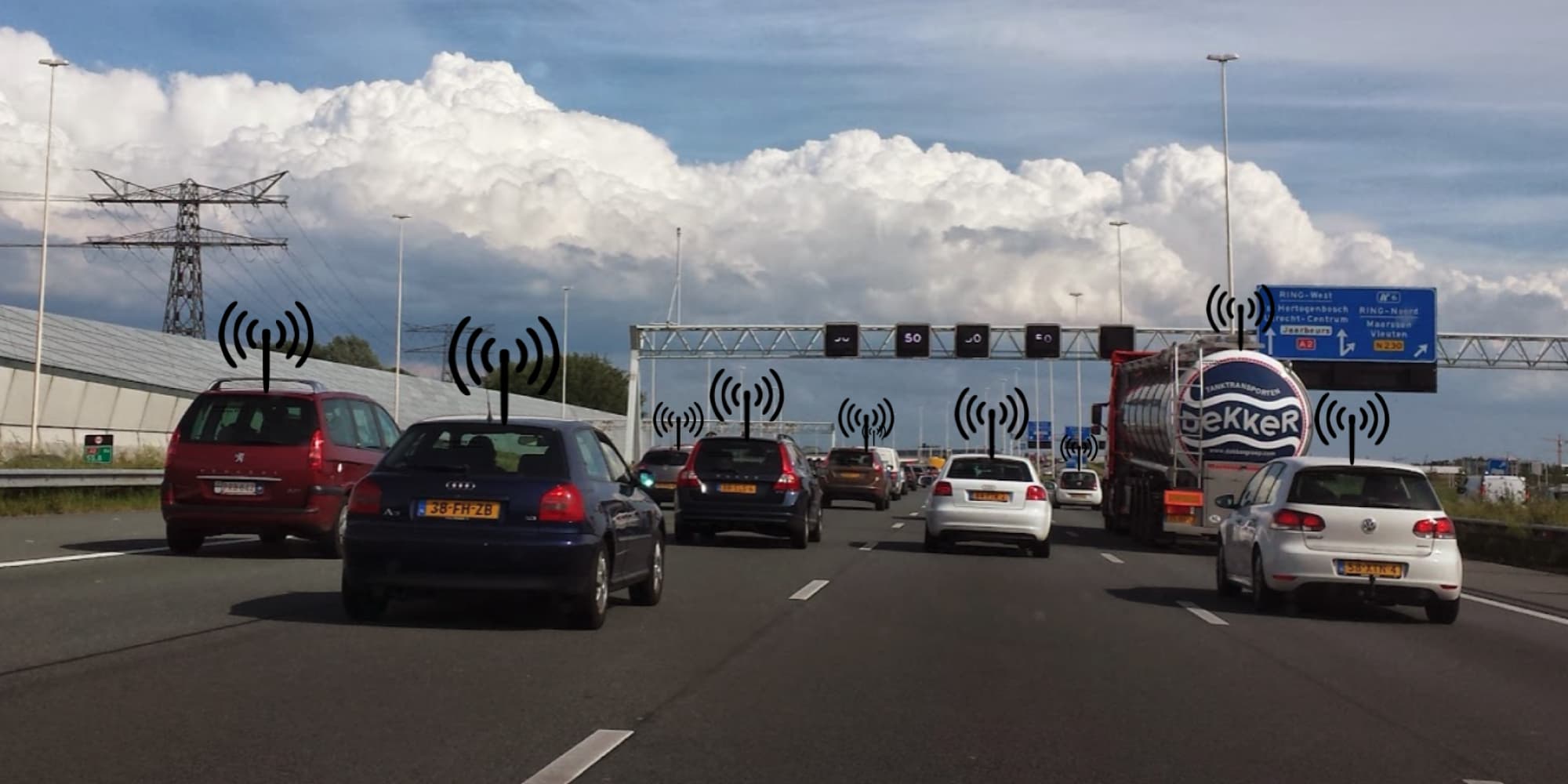
Veiligere auto’s dankzij geïntegreerde fotonica, zelfs als ze autonoom gaan rijden
Sneller, lichter, duurzamer en onder aan de streep uiteindelijk ook goedkoper: de voordelen van fotonische circuits zijn aanzienlijk, voor een breed scala aan toepassingen. En Nederland speelt mondiaal een belangrijke rol in de ontwikkeling en toepassing van deze sleuteltechnologie. De afgelopen jaren is onder aanvoering van PhotonDelta een stevig fundament gelegd onder het Nederlandse fotonica ecosysteem. In een zevendelige serie laat Innovation Origins zien waar we staan, waar de ambities liggen en wat er nu al mogelijk is. Vandaag: mobiliteit. Lees hier de andere delen van de serie.
Nu we een wereld van toenemende automatisering en elektrificering in auto's, robots en transportinfrastructuur binnengaan, krijgen begrippen als veiligheid en betrouwbaarheid een nieuwe lading. Sensoren spelen daarbij een doorslaggevende rol, maar omdat we er steeds meer van nodig hebben, neemt hun impact op gewicht, energiegebruik en prijs heel snel toe. De oplossing daarvan ligt in de geïntegreerde fotonica. Door meerdere optische functionaliteiten in een enkele chip te integreren, kan geïntegreerde fotonica-engineering de oplossingen creëren die nodig zijn voor monitoringsystemen en LiDAR. Deze fotonische chips zijn nauwkeurig, kosteneffectief en en zo klein dat ook hun gewicht geen rol meer speelt.
Wat is geïntegreerde fotonica?
Fotonica is vergelijkbaar met elektronica. In plaats van elektronen gebruikt het echter fotonen (licht) om informatie over te dragen. Fotonische technologie detecteert, genereert, transporteert en verwerkt licht. Huidige toepassingen zijn onder meer te vinden in zonnecellen, sensoren en glasvezelnetwerken.
Fotonische chips, in jargon Photonic Integrated Circuits (PICs) genoemd, integreren verschillende fotonische en vaak elektronische functies in een microchip om kleinere, snellere en energiezuinigere apparaten te maken. Omdat ze gefabriceerd worden als traditionele chips (met wafer-scale technologie), is ook massaproductie binnen bereik - met prijsdaling als gevolg. Lees hier meer.
In de automotive sector draaien alle toepassingen met geïntegreerde fotonica om geavanceerde sensoren. Daarin heb je 2 hoofdgroepen: LiDAR en glasvezelsensoren met FBG technologie. Deze laatste kunnen tegelijk kracht, druk, temperatuur en spanning meten. Een enkele vezel kan worden gebruikt om veel verschillende locaties in een voertuig te meten, waardoor het gewicht, de bedrading en het aantal sensoren aanzienlijk worden verminderd.
Geïntegreerde fotonica kan er de komende jaren dus voor zorgen dat auto’s veel veiliger worden. Systemen met camera’s, radar en LiDAR sluiten de kans op een botsing met een object in de toekomst nagenoeg uit. De grote doorbraak van volledig autonoom rijden mag dan nog wel ver weg lijken, dat betekent niet dat de onderzoekers in deze sector stil zitten. Bovendien gaat het niet alleen om autonoom rijden. Door PICs ondersteunde sensoren worden bijvoorbeeld ook gebruikt in geavanceerde rijhulpsystemen (Advanced Driver Assistance Systems - ADAS) of voor de bewaking van kritieke onderdelen van een elektrische auto (aandrijflijn, chassis, enz.).
PICs zijn dus essentieel voor de auto-industrie. Bij imec in het Holst Centre - midden op de Eindhovense High Tech Campus - onderzoekt Guido Dolmans de toepassing van geïntegreerde fotonica in de automotive sector. “We kijken naar dieptesensoren. Er zijn drie types: camera’s, radar en LiDAR. Een camera heeft beperkingen gedurende de nacht, radar geeft vanwege de lagere resolutie vaak een onduidelijk beeld. LiDAR is, omdat het met licht werkt, daarentegen heel precies met goede dieptebeelden. Uiteindelijk gaat het om sensorfusie, de combinatie van informatie uit de verschillende sensoren om de juiste beslissingen te nemen.” LiDAR gebruikt een laserstraal om de omgeving te scannen; het retoursignaal geeft exacte informatie over de afstand en de snelheid.
Hoe meer sensoren er worden gebruikt, des te nauwkeuriger voertuigen autonoom kunnen rijden. Maar ook: des te duurder het systeem. Dolmans: “Bij het startniveau is er sprake van vier sensoren, drie camera’s en een radar. Dat systeem kost 150 dollar. Bij het volgende niveau met zes camera’s, vier radars en een LiDAR praat je al over 2000 dollar. Het hoogste niveau is nog niet beschikbaar, ook omdat het heel duur is: 10.000 dollar. Dan maak je gebruik van twee of meer LiDARs. Dit niveau wordt alleen betaalbaar als we de kosten van de chips kunnen verlagen. Fotonica is hierbij de sleutel.”
Frequency Modulated Continuous Wave (FMCW), de nieuwste vorm van LiDAR, heeft de toekomst, zegt Dolmans. Daarom richt het onderzoek bij imec zich dan ook primair daarop. “FMCW kan heel snel de positie van de eigen auto ten opzichte van een ander object detecteren. Als dat een stilstaand object is en jij komt met hoge snelheid aanrijden, dan is detectie in milliseconden heel prettig.” Om betaalbare oplossingen op basis van FMCW LiDAR-systemen te kunnen maken, moeten de volledig optische functies worden geïntegreerd in één siliciumchip. Met PICs wordt dat allemaal nauwkeuriger, robuuster en goedkoper.
Sleuteltechnologie
In Duitsland houdt Scantinel Photonics zich bezig met FMCW. Het bedrijf is ontstaan als spinoff van Zeiss, producent van optische technologie. Andy Zott is directeur van Scantinel: “FMCW zendt continu laserstralen uit, en combineert op coherente wijze het weerkaatste licht met een lokale kopie van de laserstraal. Hierdoor heeft dit systeem minder storingen, kan het grotere afstanden tot zeker 200 meter overbruggen en is het minder gevoelig voor zonlicht dan bestaande LiDAR. We gebruiken een golflengte van 1550 nanometer die bij mist, regen en sneeuw zorgt voor betere zichtresultaten. Oudere vormen van LiDAR, zoals Time of Flight, meten de reflex van objecten, en worden dus gemakkelijk verstoord door regendruppels of sneeuwvlokken. FMCW maakt een opname van de gehele afstand. Hierdoor wordt regen wel gesignaleerd, maar minder overheersend: niet als reflectie maar als een soort van ruis. Hierdoor biedt FMCW de automobilist een nauwkeurig zicht onder alle weersomstandigheden.”
Zeiss begon in 2016 met het onderzoek naar LiDAR. In 2019 werd dit onderzoek ondergebracht bij Scantinel. Zott: “De automotive sector ziet FMCW als sleuteltechnologie, omdat het belangrijk is voor autonoom rijden. Door fotonica kunnen de kosten dalen en wordt het dus interessant voor de industrie. Ik verwacht dat autonoom rijden ergens tussen 2026 en 2028 in Europa mogelijk is en dan denk ik vooral aan vrachtwagens. Pilots op de snelwegen, ondersteund door FMCW LiDAR, zullen een van de eerste commerciële toepassingen zijn voor fotonisch geïntegreerde LiDAR in autonoom rijden.”
Enorme transitie
Kosten zijn in de auto-industrie de doorslaggevende factor. Als iemand dat weet, is dat Bram Hendrix, manager smart mobility bij RAI Vereniging. “Ik krijg weleens de vraag over het gebruik van camera’s, radar of LiDAR in auto’s: welke van deze drie wordt? Maar zo simpel ligt het niet: het zal een combinatie van alle drie zijn en uiteindelijk gaat het om de prijs. Want vergeet niet: er worden wereldwijd jaarlijks zo’n 80 miljoen personenauto’s gebouwd. Dus een massale toepassing van een innovatie lukt alleen maar als deze niet te duur is. Daarom moet Nederland natuurlijk wel blijven investeren in de toepassing van geïntegreerde fotonica in de automotive sector.”
De heilige graal in de automotive sector is autonoom rijden. De toepassing van fotonica - essentieel bij het gebruik van LiDAR - brengt dat onmiskenbaar dichterbij. De prikkelende vraag is dan ook: wanneer zullen auto’s in groten getale zonder bemoeienis van een bestuurder de weg op gaan? Bram Hendrix: “Dat zal nog wel even duren. Autonoom rijden was een paar jaar geleden de hype in de auto-industrie. Maar de sector zit in een enorme transitie. De grote bedrijven investeren miljarden in de omschakeling van verbrandingsmotoren naar elektrische motoren. Doen ze dat niet en brengen ze de CO2-emissies niet drastisch omlaag, dan legt de politiek torenhoge boetes op. Hierdoor is autonoom rijden even niet de topprioriteit voor de auto-industrie.”
Daarom zal volledig autonoom rijden op de consumentenmarkt zeker de komende tien jaar nog niet zijn intrede doen, verwacht Hendrix. Bij vrachtwagens ziet hij binnen twee, drie jaar meer mogelijkheden: “De vervangingstijd van vrachtauto’s is korter dan die van personenauto’s. Daarom gaat innovatie bij trucks sneller. Ik voorzie ook industriële toepassingen, zoals autonome vorkheftrucks en in de landbouw. Overal waar closed environments zijn, met niet al te veel mensen, zal autonoom rijden sneller zijn intrede doen.”
Published on:
11 March 2022



